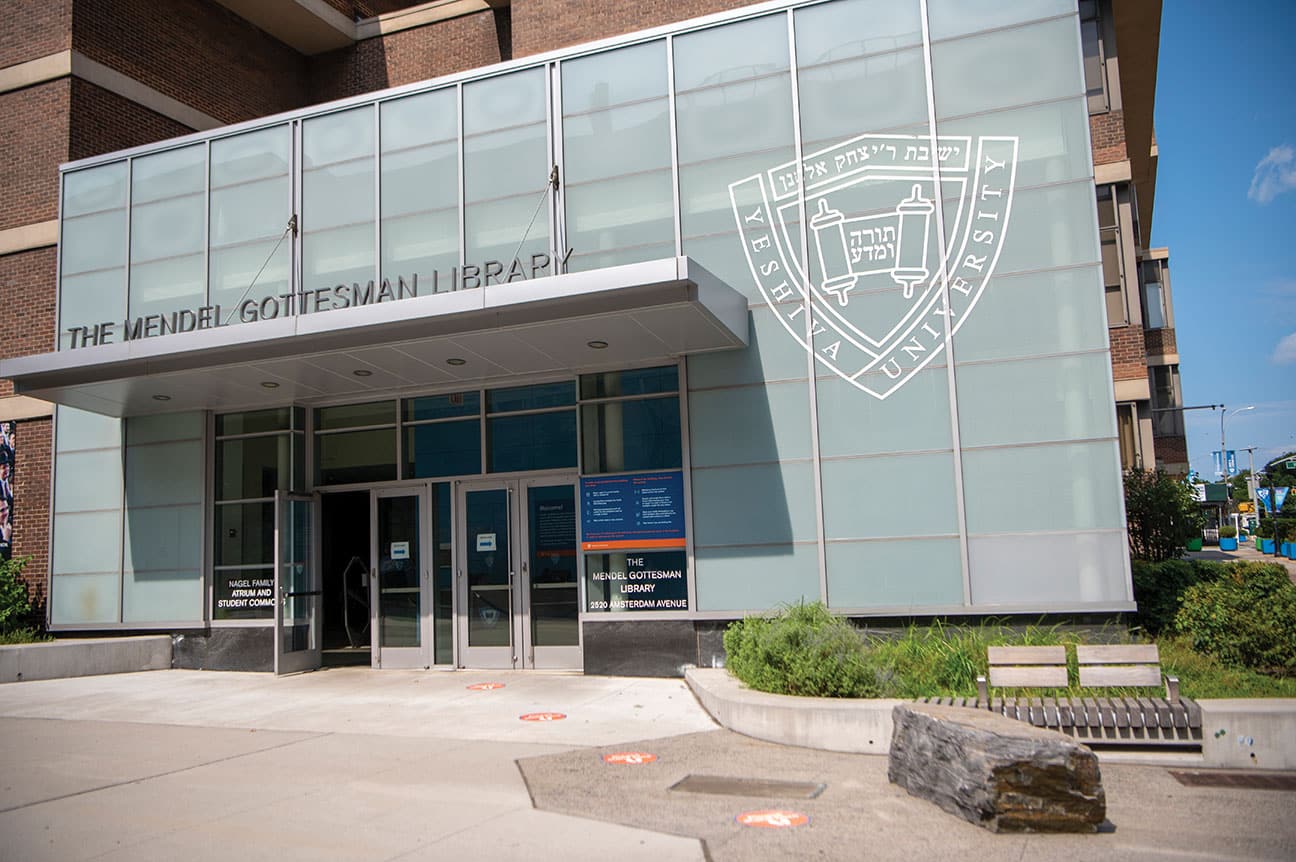Yeshiva University gains access to the Shoah Foundation archive
Yeshiva University (YU) in New York is the latest institution to acquire the unabridged version of the Shoah Foundation’s Visual History Archive, containing 55,000 video testimonies about the Holocaust and other genocides.
Director Steven Spielberg set up the archive nearly 30 years ago to videotape and preserve interviews with Holocaust survivors and eyewitnesses.
With the acquisition of the Visual History Archive, YU is one of the few universities in the New York area with access to the archive, along with Columbia, NYU, Yale, Rutgers and Princeton. It will be accessible to all current YU students as well as all faculty and staff on-campus and through off-campus authentication.
The Archive’s powerful and patented built-in search engine allows the user to find specific places, events and people and to study the history of the Holocaust at a local level – down to the Jews of a specific city, community and family path to an individual Holocaust- survivors.
Each testimony is searchable by the minute through careful indexing.
“I’m thrilled that we’re able to provide a resource that faculty and students have requested since I began working with university libraries in 2015,” said Paul Glassman, director of academic and cultural resources at YU, in a Explanation. “Yeshiva University researchers will benefit from the robust search capability that the archive provides for its 114,000 hours of testimony. Equally impressive is the universal approach the archive takes to helping us understand the ongoing threat of genocide around the world.”
“Equally impressive is the universal approach the archive takes to helping us understand the ongoing threat of genocide around the world.” – Paul Glasmann
In addition to the Holocaust, the archive contains evidence of the 1937 Nanjing Massacre in China; the 1994 genocide of the Tutsi in Rwanda; the Armenian Genocide, which coincided with World War I; the Guatemala genocide of 1978-1983; and the Cambodian genocide of 1975-1979.
The interviews in the archive were conducted in 65 countries and 43 languages, reflecting the ambition of the testimony gathering effort. Users can search witness statements using more than 66,000 keywords assigned to digital timecodes.
The archive, the world’s largest digital collection of its kind, contains more than 720,000 photographs and images and almost two million personal names.
YU’s Shay Pilnik is the grandson of Holocaust survivors. Using the archive, the director of the university’s Emil and Jenny A. Fish Center for Holocaust and Genocide Studies was able to read the testimony of his late great-uncle, who survived the Holocaust as a partisan in Belarus.
“The acquisition of the Shoah Foundation archives will help the Fish Center in Yeshiva train the next generation of leaders in the field at a time when survivors are fast leaving us,” Pilnik said. “We simply cannot accomplish our ambitious mission without this incredible collection of over 50,000 survivor testimonies. And while the purpose of adding this database is primarily academic, one does not have to be a Holocaust researcher to appreciate the power of this multilingual, international repository of survivor testimony.”
According to YU, a unique collaboration between the university’s libraries, the Fish Center for Holocaust and Genocide Studies, and the Dr. Lilian and Dr. Rebecca Chutick Law Library of the Cordozo School of Law’s recent acquisition.
Jocelyn Getgen Kestenbaum, associate professor of clinical law at YU’s Cardozo School of Law, said the acquisition of the archives offers significant learning opportunities for YU students and staff. “It is important when we come together to commemorate the Holocaust, [and] that we [emphasize] the voices of the survivors and keep their narratives alive,” she said. “The Shoah Foundation’s Visual History Archive is a critical resource so that the world can never forget and so we can begin to build a world where ‘Never Again!’ sounds true.”


Comments are closed.